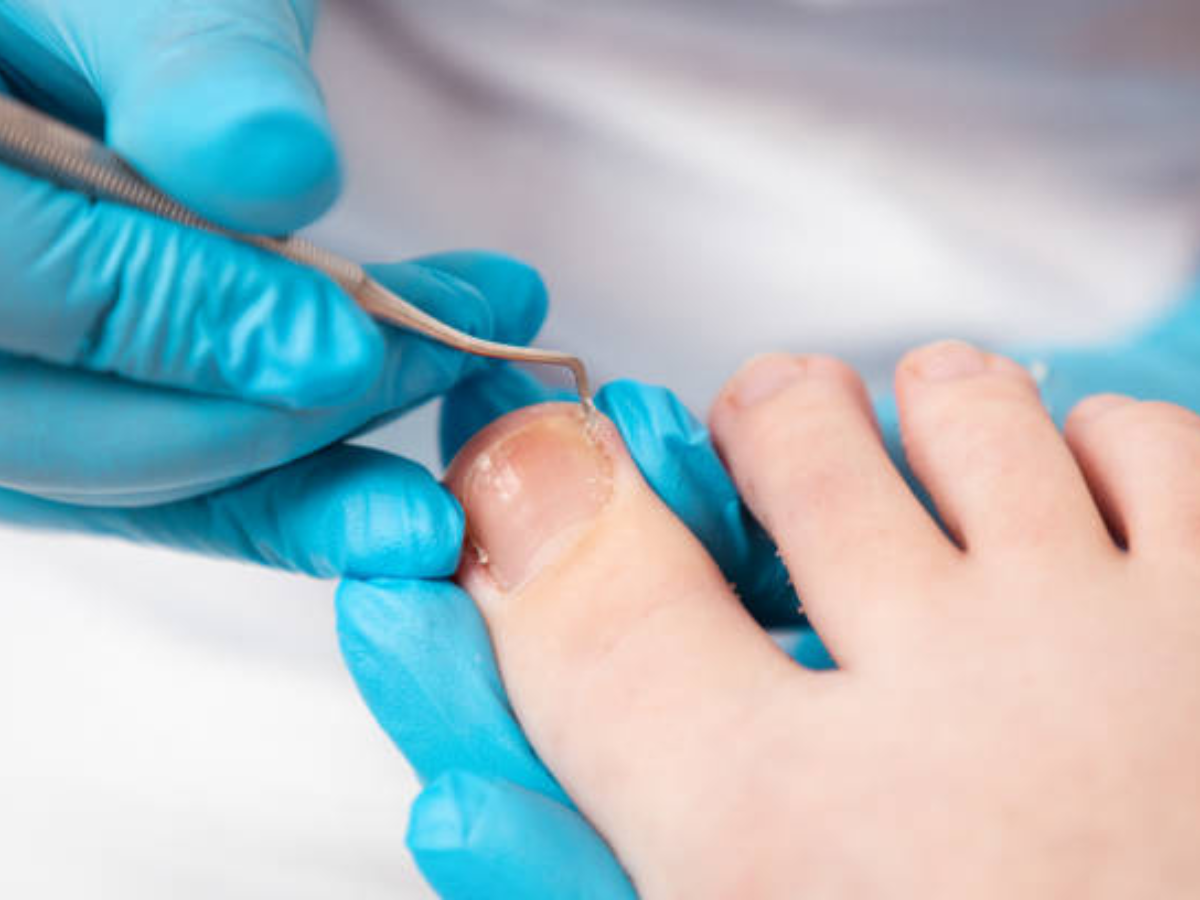You Won’t Want to Leave These Thongs at the Beach!
You Won’t Want to Leave These Thongs at the Beach!
Everyone’s excited for summer: the weather, the fun outdoors and of course, the beach. The beach means bathers, it means sun and sand, and it means thongs. What many people don’t understand is the importance of a well supporting thong. While many may see this as a quick slip on, convenient shoe, we see thongs as the make-or-break variable for your perfect summer. While thongs may be the ideal footwear for beach days, a poorly made shoe can cause serious and painful long-term effects. Most thongs nowadays have a lack of support. However, this problem is magnified for people struggling with increased pronation. Small amounts of pronation are considered healthy, as it allows the foot to adapt to uneven surfaces, absorb shock and build resilience. But increased pronation can become problematic and can cause problems such as bunions and plantar fasciitis.
The thing about thongs is that they don’t have supporting ankle or heel straps, which, yes, is kind of the point of an accessible and easy shoe! This model often causes people to use their toes to scrunch or grab the thong as they walk to prevent it from falling off. This movement doesn’t just cause problems in the toe joints and ankle but can spread all the way to the neck. The main problem with thongs is primarily based around the lack of support on the bottom of the shoe. Most thongs don’t have heel elevation, and elevation can reduce stress on the Achilles tendon which in turn, reduces the risk of developing tendonitis in the future.
So how can you kill two birds with one stone? Have an epic summer as well as keeping your tootsies safe for more epic summers ahead?
Wear thongs with good arch support. Brands such as Archies are an excellent example of this, providing both structured and comfortable footwear for those summer days. Their entire range is equipped with everything you never knew you needed in a thong. Real arch support, comfy material, adjustable straps, no plugs and super lightweight in a range of colours means there’s an Archie style for everyone. And now there’s even Archies with bling – all the comfort as well as style!
Our team of Podiatrists at Junction Foot and Ankle Group love these thongs so much that we stock them at our clinic. Come in and grab a pair.



